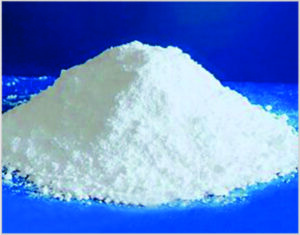Welcome to Square Feet Ceramics
Call Us Now!
Send a Message
Home / Our Products / Gypsum
Gypsum lump is an inorganic mineral known as CaCO2 and CoSo4.2H2o. This is the fifth non-metallic element in the earth’s crust. It is found in many items we use every day, like toothpaste and shampoo. It is also used to make drywall, create molds for dinnerware and dental impressions, and to build roads and highway.
The usage of raw gypsum lump is for increasing setting time in producing cement and to reduce the salinity of the soil in agricultural lands. The properties of this product are so well known that by improving the soil, it can increase the efficiency and effectiveness of agricultural products.
In addition to building materials and cement raw materials, gypsum can also be used to many other fields such as making sulfuric acid, rubber, plastics industry, fertilizer, pesticide, paint, textile industry, foodstuff, medicine, daily chemical products, arts and crafts and culture and education.
Gypsum can be also be used as a food additive to enhance the texture of ingredients in processed foods. Gypsum is the common name for the mineral calcium sulfate. Gypsum bonds easily with water and is usually found in its natural state as hydrated calcium sulfate.
Gypsum is an ore that found in layers of limestone. Pure white rock gypsum is also known as alabaster and has been used to make carved statues and sculptures. Nearly all modern homes and buildings use gypsum in the form of wall board, also known as gypsum board, drywall or sheet rock.
In the food industry, gypsum may be used as drying agent, color enhancer, stabilizer and thickener. Pure crystalline gypsum that used in food industries pharmacy and agriculture.This type of gypsum is layered, which is obtained by the adhesion of thin sheets of calcium hydrosulfate, or in the form of silk, which is the product of the adhesion of crystalline fibers of calcium hydrosulfate.


Please use the form below. We will get back to you at the earliest.
Note: All fields are mandatory.